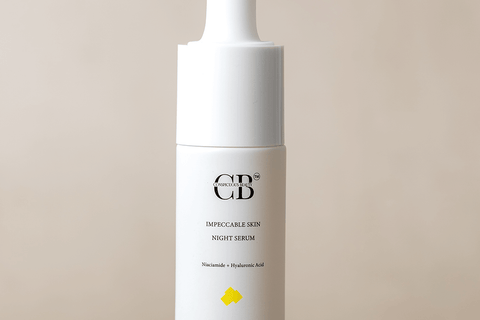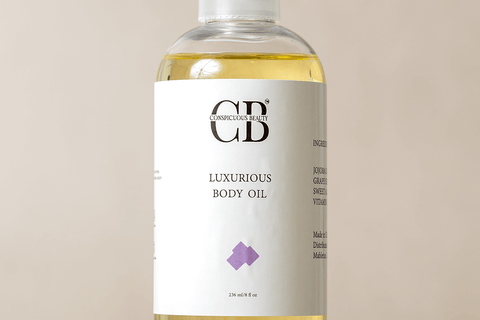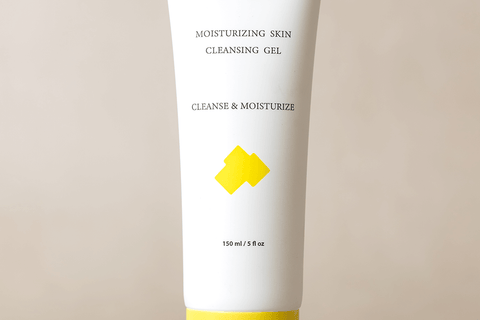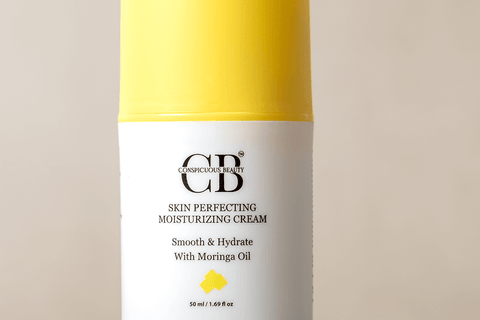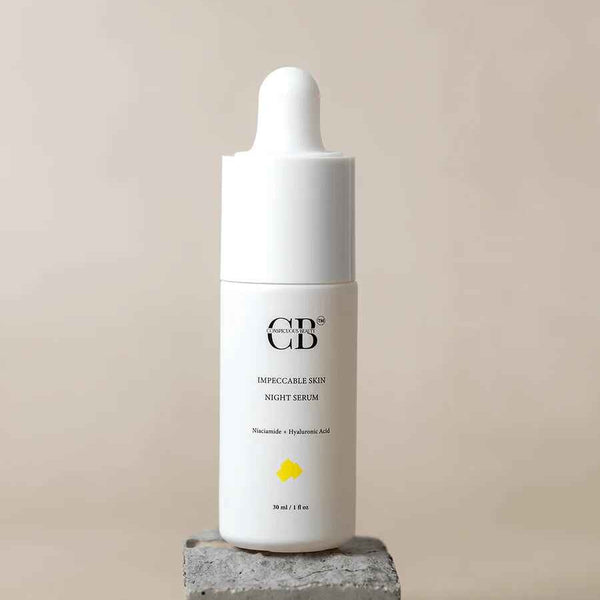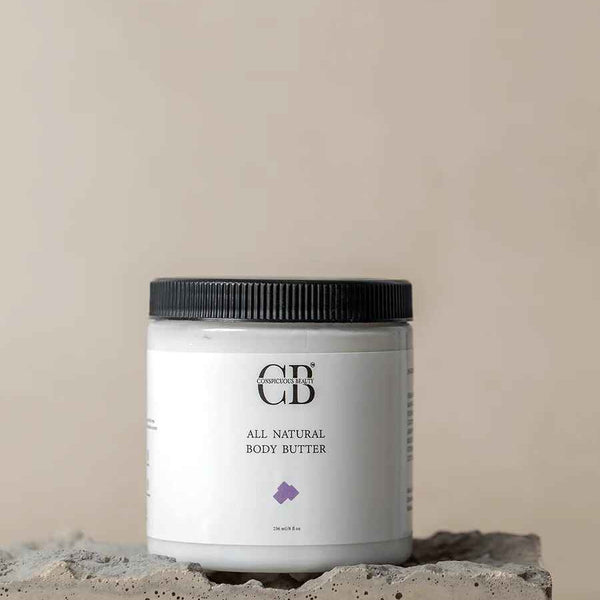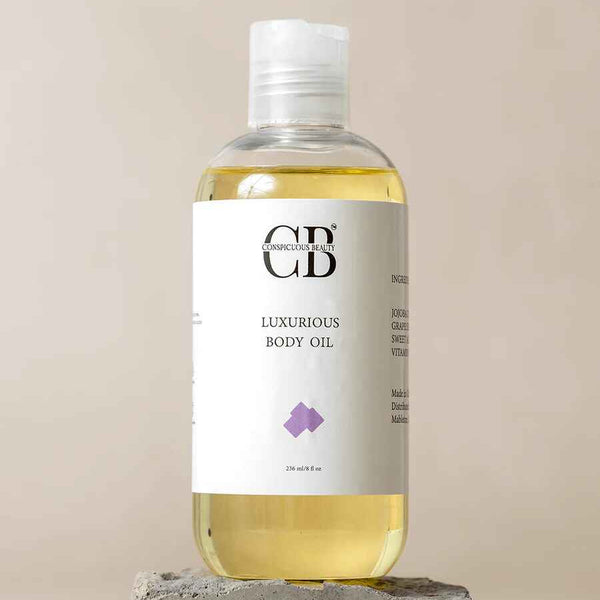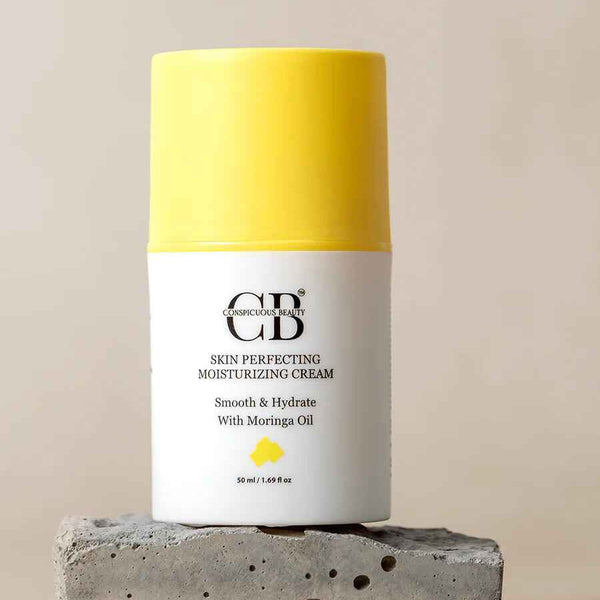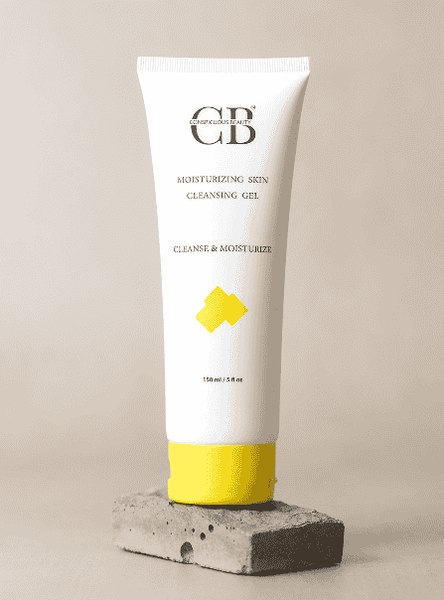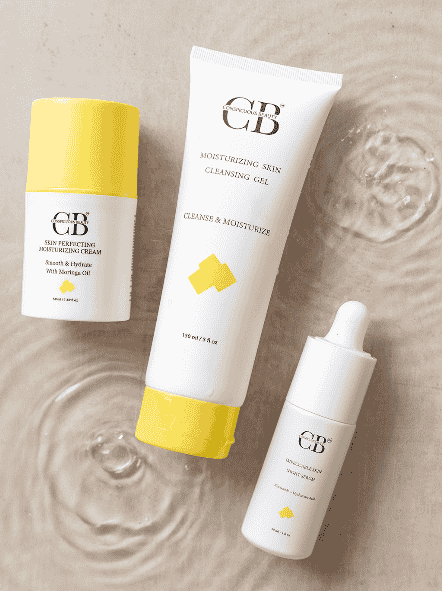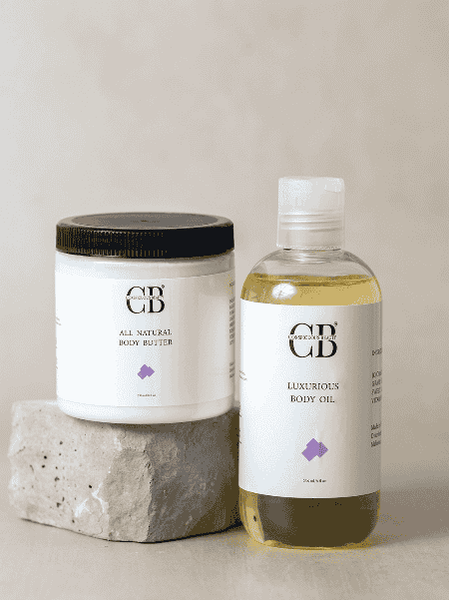Your skin faces different challenges depending on the season. Summer brings heat, sun exposure, and sweating, while winter brings cold air, low humidity, and dryness. Because of these seasonal changes, your butter routine change for summer vs winter is essential to keep your skin soft, nourished, and healthy all year.
Why Body Butter Is Essential for All Seasons
Body butter is a thicker, more nourishing alternative to regular lotion. It contains ingredients like shea butter, cocoa butter, and natural oils that penetrate deeper to hydrate and protect your skin. While lotions provide surface moisture, body butter locks it in and creates a barrier against environmental stressors.
Using body butter regularly helps with rough patches, improves skin elasticity, and prevents dryness or irritation. It’s especially helpful for areas prone to extra dryness, like elbows, knees, feet, and hands. However, the way you use it should change depending on the season to get optimal results.
Summer Skin Care Challenges
Summer brings a set of unique challenges. The heat, humidity, and sun exposure can affect your skin in many ways. Sweat can irritate sensitive areas, and prolonged sun exposure can damage the skin or lead to dehydration. Even though some people think summer skin is oily, it can still lose moisture quickly, especially when exposed to air conditioning or direct sunlight.
Heat can make heavier creams or body butters feel greasy or sticky, which is why choosing the right formula and applying it correctly is crucial. Your summer body butter routine should focus on lightweight hydration, protection, and quick absorption.
Winter Skin Care Challenges
Winter brings cold temperatures, low humidity, and indoor heating, all of which can strip your skin of natural oils. This leads to dryness, flakiness, and itchiness. Chapped hands, cracked heels, and rough elbows are common problems in winter. The skin barrier becomes more vulnerable, and without proper care, it can become irritated or inflamed.
A body butter routine in winter should focus on deep nourishment and strengthening the skin barrier. During the colder months, the air becomes dry and harsh, which pulls moisture from the skin. Using a thicker and richer formula helps lock in hydration, prevent irritation, and protect the skin from damage caused by dry indoor heat and cold winds.
Choosing the Right Body Butter for Each Season
Selecting the right body butter is essential. Not all formulations work equally well in summer and winter.
In summer, look for lighter formulas with ingredients like aloe vera, mango butter, or jojoba oil. These absorb quickly, provide hydration, and do not feel heavy on the skin. Light oils like grapeseed or sunflower oil can add moisture without greasiness.
In winter, heavier butters like shea butter, cocoa butter, coconut oil, and almond oil are more effective. They create a protective barrier on the skin to lock in hydration and repair dryness. You can even find body butters with added vitamin E or essential oils to support skin health further.
Adjusting Your Routine: Summer vs Winter
Summer Body Butter Routine
Summer requires a lighter, gentler approach. Start by exfoliating your skin once or twice a week to remove dead skin cells. This ensures your body butter penetrates properly and keeps your skin smooth. After a shower, apply a thin layer of body butter while your skin is still slightly damp. This locks in moisture without feeling heavy. Focus on areas that tend to dry out, such as elbows, knees, and feet.
In hot weather, avoid over-applying body butter, as this can make the skin sticky or clog pores. Some body butters contain SPF, but if yours does not, apply sunscreen separately to protect against UV damage. Reapply a small amount during the day if your skin feels dry, but generally, a post-shower application and nightly care are enough.
Winter Body Butter Routine
Winter calls for more intensive care. Exfoliate gently once a week to remove dead skin, but avoid harsh scrubs that can irritate already dry skin. After showering, apply a generous layer of body butter on damp skin. Focus on dry areas like hands, feet, elbows, knees, and even your back if it tends to get dry. Nighttime is the best opportunity to let your skin absorb rich body butter fully, and wearing cotton gloves or socks can enhance absorption. Reapply during the day in extremely cold conditions to prevent dryness and cracking.
Tips for Healthy Skin All Year
Taking care of your skin goes beyond body butter. Drinking plenty of water, using lukewarm showers instead of hot water, and avoiding harsh soaps are essential. Mild cleansers maintain your skin’s natural oils, which work together with body butter to keep skin hydrated.
Seasonal scents can make your routine more enjoyable. Summer-friendly citrus or light floral scents are refreshing, while winter scents like vanilla or coconut create a cozy feeling. Pay attention to your skin type: lighter body butters are better for oily skin, while dry skin needs richer butters. Sensitive skin benefits from hypoallergenic and fragrance-free formulations.
How Often to Use Body Butter
Frequency depends on the season. In summer, applying body butter once or twice daily, mostly after showers or before bed, is usually sufficient. In winter, you may need two to three applications daily, focusing on dry areas. Consistency is key; irregular use won’t deliver the same results.
Common Mistakes to Avoid
Many people make simple mistakes that reduce the effectiveness of their body butter routine. Over-applying in summer can leave skin greasy, while skipping winter hydration can lead to cracks and irritation. Using the same body butter year-round without adjusting for seasonal needs is another common error. Hands, feet, and elbows are often neglected but require special attention.
Other mistakes include showering with very hot water, which strips skin oils, and using strong soaps that dry out the skin. Paying attention to these factors helps your body butter work effectively.
Benefits of Following a Seasonal Body Butter Routine
Following a proper seasonal routine has multiple benefits. In summer, lightweight body butter keeps your skin hydrated, comfortable, and smooth without feeling heavy or sticky. In winter, thick body butter protects the skin barrier, prevents dryness, and promotes overall skin health. By adjusting your routine according to the season, you can prevent common skin issues and maintain a healthy glow year-round.
Choosing Products Based on Skin Type
Your skin type plays a role in determining the best body butter. Oily skin types benefit from lighter, non-comedogenic formulas that hydrate without clogging pores. Dry skin types need richer, thicker butters with oils that deeply nourish. Sensitive skin should avoid strong fragrances or harsh chemicals and opt for hypoallergenic products. Adapting your body butter routine to both your skin type and seasonal needs ensures the best results.
Conclusion
Your body butter routine should change with the seasons to keep your skin soft, smooth, and healthy. Summer calls for light, fast-absorbing formulas that hydrate and protect without feeling greasy. Winter requires thicker, richer body butters that repair and shield dry, cold-weather skin. With consistent application, attention to seasonal challenges, and proper product selection, you can enjoy glowing, hydrated skin all year round.
Even small adjustments, like using lighter body butter in summer or adding cotton gloves in winter, can make a huge difference. The key is consistency, hydration, and understanding your skin’s needs for each season.
FAQs
1. Can I use the same body butter year-round?
While possible, it’s better to use lighter formulas in summer and richer ones in winter to address seasonal skin needs effectively.
2. How soon after showering should I apply body butter?
Apply immediately while skin is slightly damp for maximum hydration.
3. Can body butter replace sunscreen?
No, most body butters do not contain SPF. Always use sunscreen if exposed to sun.
4. How often should I exfoliate before applying body butter?
Once a week in winter and 1-2 times in summer ensures smooth skin and better absorption.
5. Can body butter be used on the face?
Light, non-comedogenic body butters can be used on the face, but it’s better to use formulas specifically made for facial skin.
